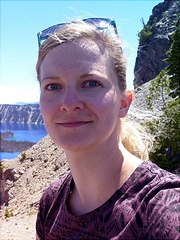Christiane Schmidt

Doktorandin
Anschrift
Universität Hamburg
Fakultät für Mathematik, Informatik und Naturwissenschaften
Fachbereich Mathematik
AM – Angewandte Mathematik
Bundesstraße 55
20146 Hamburg
Büro
Raum: 103
Sprechzeiten
nach Anmeldung per E-Mail (BigBlueButton)
Kontakt
Tel.: +49 40 42838-6291
Schwerpunkte
- Magnetic Particle Imaging
- Bildrekonstruktion
- Dynamische inverse Probleme